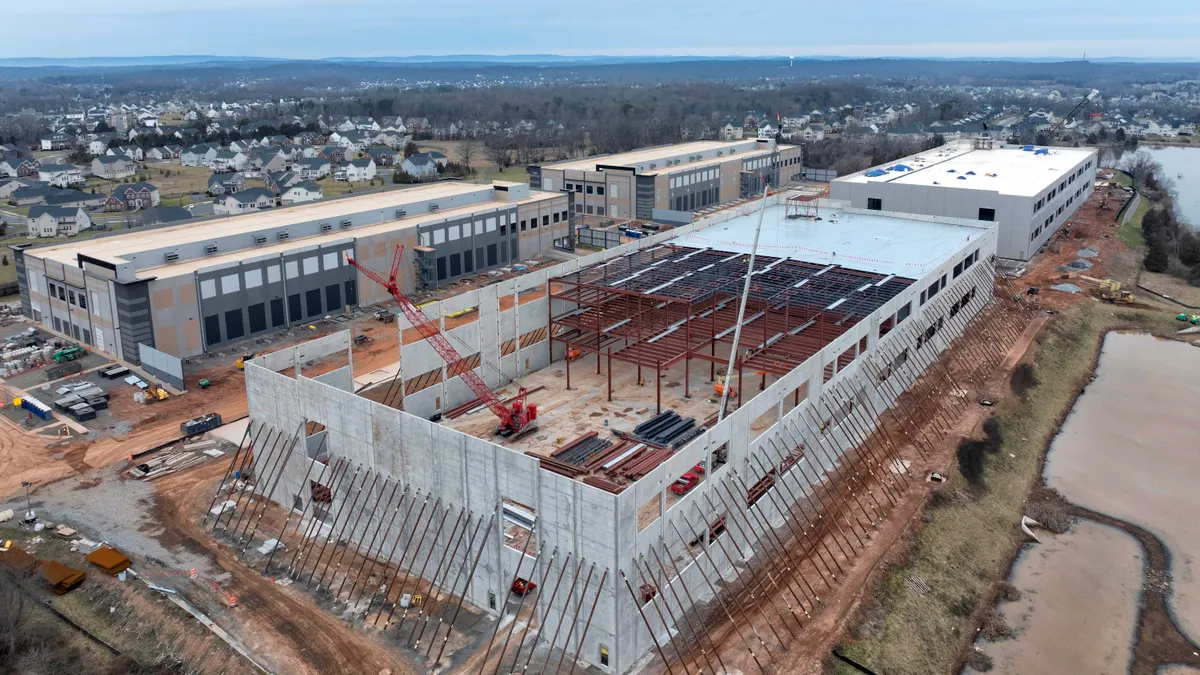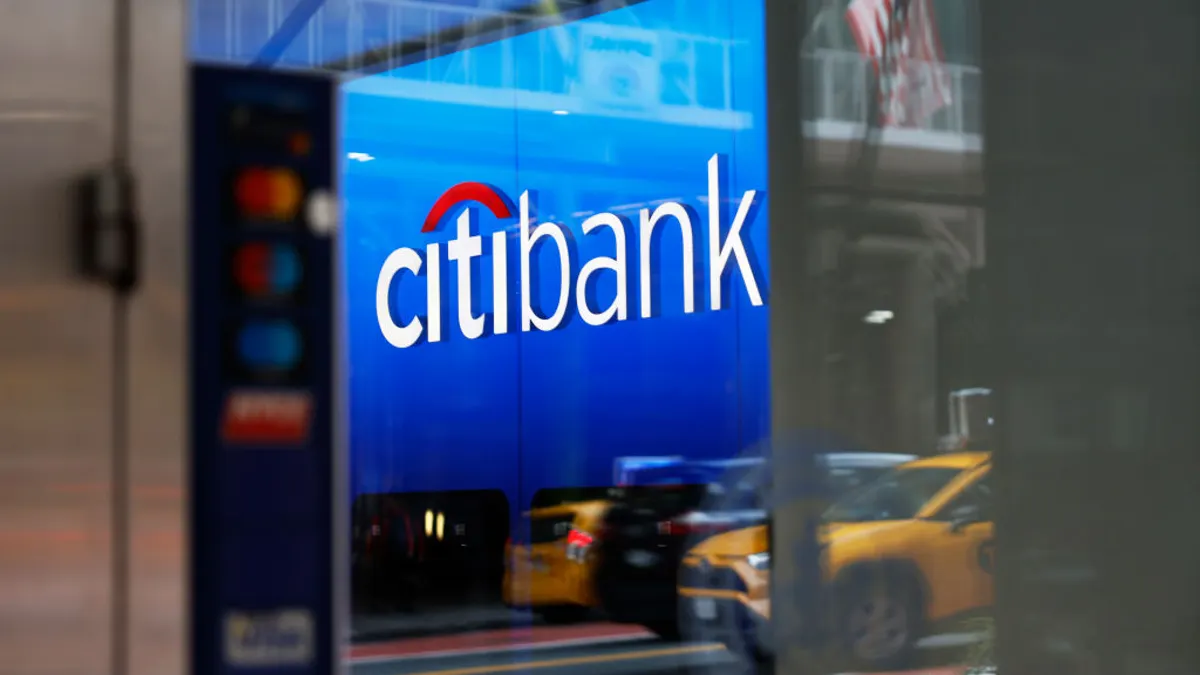Dive Brief:
- Data center vacancy rates plummeted despite ongoing infrastructure build outs during the first three months of the year, according to CBRE research published Tuesday.
- The capacity crunch was most acute in major U.S. markets, where the average vacancy rate was roughly one-third of the global average of 6.6% in the first quarter, marking a year-over-year drop of 2.1 percentage points, CBRE said.
- A combination of massive cloud infrastructure buildouts and growing AI adoption drove double-digit colocation rental pricing increases in major U.S. regions, the research found. “Rising demand from AI and hyperscale users is compressing vacancy and operators with available capacity in key markets are commanding premium rates,” Pat Lynch, executive managing director for CBRE’s data center solutions, said in the report.
Dive Insight:
The cost of data center space is spiking, as enterprises look to diversify their infrastructure and split deployments between cloud and on-premises environments.
Northern Virginia and Chicago — two of the top four domestic markets — saw rents increase by 15% and 14.7% year over year, respectively. After a nearly decadelong decline in the asking price for colocation space, rates first began spiking in 2023, Gordon Dolven, director of CBRE Americas data center research, told CIO Dive.
“We have not seen pricing follow historical norms, which for 2013 to 2020 was a decrease year after year,” said Dolven.
CBRE attributed the rate increases to high levels of demand coupled with rising construction costs. The industry is also facing utility constraints, as cloud providers swap out traditional CPUs for power-hungry GPUs to run AI workloads.
“We used to bring the power to the site, but now we have to bring the site to the power,” Dolven said. “The ability to construct high voltage power lines and new substations in certain geographies is challenging from a planning, permitting, zoning, right-of-way and easement perspective — these are large projects.”
Capacity constraints have fueled an ongoing hyperscaler building boom, led by AWS, Microsoft and Google Cloud. The three cloud providers plan to pour more than $250 billion into chips, hardware and new construction to support AI adoption and enterprise modernization initiatives.
Hyperscaler capital investments, in part, drove a historical high in new construction, which jumped 43% year-over-year across the four largest North America hubs — Northern Virginia, Atlanta, Phoenix and Chicago — during Q1 according to CBRE. As the additional capacity came online, Atlanta and Phoenix surpassed Dallas and Silicon Valley as the second and third largest domestic data center markets, the firm said.
New capacity is consumed nearly as quickly as it powers up, triggering aggressive preleasing, Dolven said. Construction hurdles are pushing timelines out to 2027 beyond.
Colocation providers are racing to add capacity, too. CoreSite, a carrier-neutral data center company offering connectivity to the major public cloud providers, continues to power up additional capacity at sites in Silicon Valley, New York and Denver, the company’s SVP of Operations Anthony Hatzenbuehler told CIO Dive earlier this month.
“We’re focused on early procurement, working through the traditional aspects of land banking and making sure we have runway in front of us to meet what our customers need,” said Hatzenbuehler. “If you're not thinking far ahead, then you're behind.”















